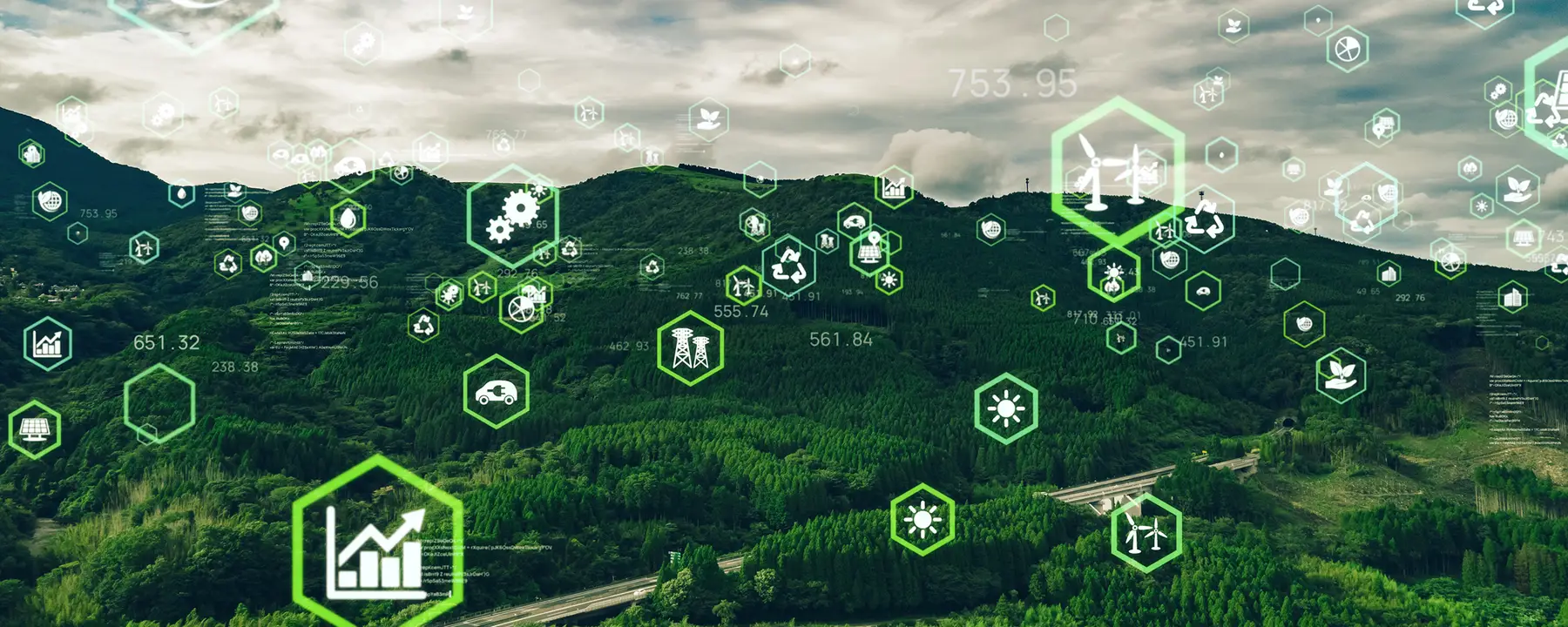WRI GHG Protocol Scope 3 Value Chain Emissions Modeling Test
The WRI (World Resources Institute) Greenhouse Gas Protocol (GHGP) is a globally recognized framework for calculating and reporting greenhouse gas emissions. The Scope 3 category, specifically, captures all indirect emissions resulting from an organization's value chain. This includes upstream and downstream activities such as purchased goods and services, capital goods, business travel, employee commuting, waste disposal, and more.
The WRI GHG Protocol Scope 3 Value Chain Emissions Modeling Test is a critical tool for organizations looking to accurately quantify their indirect emissions. By modeling these emissions, companies can better understand the sources of their environmental impact and identify opportunities for reduction. This test aligns with ISO standards such as ISO/IEC 14064-2, which provides guidelines for quantifying and reporting greenhouse gas (GHG) emissions.
The process involves several steps, including inventory identification, data collection, categorization, and modeling. Inventory identification is the first step, where all potential sources of Scope 3 emissions are identified based on industry-specific GHG protocols. This can include transportation, waste disposal, business travel, and more. Once identified, data must be collected from various internal and external sources.
Categorization follows, where emissions are grouped into different categories such as purchased goods and services, capital goods, employee commuting, etc. Finally, the emissions are modeled using appropriate methodologies to calculate total Scope 3 emissions for each category. This modeling process is crucial for ensuring accuracy in the reported data.
The test results provide organizations with a comprehensive understanding of their indirect emissions sources. This information can be used to develop emission reduction strategies and report these efforts accurately as per the WRI GHG Protocol. Accurate reporting is essential for maintaining credibility, meeting compliance requirements, and demonstrating corporate responsibility.
Our laboratory uses advanced software tools and methodologies to ensure accuracy in our Scope 3 emissions modeling tests. We follow strict quality control procedures to ensure that all data collected and reported are accurate and reliable. Our team of experts ensures that the test is conducted according to the highest standards, providing clients with actionable insights into their environmental impact.
By participating in this test, organizations can demonstrate a commitment to sustainability and contribute to global efforts against climate change. This test is not only crucial for meeting regulatory requirements but also for improving operational efficiency and reducing overall carbon footprint.
Benefits
The WRI GHG Protocol Scope 3 Value Chain Emissions Modeling Test offers numerous benefits, particularly for organizations looking to improve their sustainability practices. One of the key advantages is increased transparency in emissions reporting. By accurately modeling and reporting indirect emissions, companies can provide stakeholders with clear insights into their environmental impact.
- Improved decision-making: Accurate data helps businesses make informed decisions about where to focus their efforts for emission reductions.
- Enhanced reputation: Demonstrating a commitment to sustainability through transparent reporting can enhance an organization’s reputation and brand image.
- Regulatory compliance: Many countries have introduced regulations requiring companies to report Scope 3 emissions. Compliance with these regulations is essential to avoid penalties and fines.
- Cost savings: Identifying high-emission activities early allows businesses to take corrective measures, potentially saving costs in the long run.
- Strategic partnerships: Accurate emission data can help organizations identify potential partners who share similar sustainability goals, fostering collaboration and innovation.
The test also provides a foundation for continuous improvement. By regularly modeling emissions, companies can track progress over time and set realistic reduction targets. This ongoing process helps ensure that the organization remains at the forefront of sustainability practices.
Why Choose This Test
Selecting an accurate and reliable Scope 3 emissions modeling test is crucial for any company committed to reducing its environmental impact. Our laboratory offers a comprehensive service that meets the highest industry standards, ensuring that you receive precise and actionable data.
- Expertise: Our team of experts has extensive experience in conducting GHG Protocol Scope 3 emissions modeling tests.
- ISO Compliance: We adhere to international standards such as ISO/IEC 14064-2, ensuring that all our test procedures are consistent with recognized best practices.
- Data Accuracy: Advanced software tools and rigorous quality control processes guarantee the accuracy of reported data.
- Comprehensive Reporting: Our reports provide detailed insights into each category of Scope 3 emissions, enabling you to target specific areas for improvement.
- Client-Centric Approach: We work closely with our clients to understand their unique needs and challenges, tailoring the test process accordingly.
In addition to these benefits, our laboratory offers competitive rates and fast turnaround times. This ensures that you receive your results promptly without compromising on quality. Our commitment to excellence has earned us a reputation as a trusted partner in environmental testing services.
Competitive Advantage and Market Impact
The WRI GHG Protocol Scope 3 Value Chain Emissions Modeling Test provides a significant competitive advantage in the current market. By accurately quantifying indirect emissions, organizations can differentiate themselves by demonstrating a strong commitment to sustainability.
- Innovative Solutions: Understanding your entire value chain allows you to develop innovative solutions that reduce emissions and improve operational efficiency.
- Customer Trust: Demonstrating transparency in emissions reporting builds trust with customers, investors, and other stakeholders.
- Regulatory Compliance: Ensuring compliance with international standards can open up new markets and business opportunities.
- Sustainable Brand Image: A strong commitment to sustainability enhances your brand image and attracts environmentally conscious consumers.
The test also has a broader market impact, contributing to global efforts against climate change. By accurately reporting Scope 3 emissions, organizations play a crucial role in reducing overall greenhouse gas emissions and fostering a sustainable future.





